UI vs. UX: Their Potential Impact On Website Performance

Let’s say you have the perfect product to solve the pain points of your audience. You have an actionable marketing strategy in place that brings users to your website.
But when they do visit your website, it’s a matter of seconds before they go back and don’t return.
Why?
They simply found your website to be off-putting. It might be because the user interface (UI) seemed off or you didn’t prioritize the user experience (UX) while building your website. UI/UX plays a crucial role in the overall performance of any website. You can’t ignore them and dream of making sales.
This detailed blog covers the nuts and bolts of UI/UX design. Let’s get started.
What is UI?
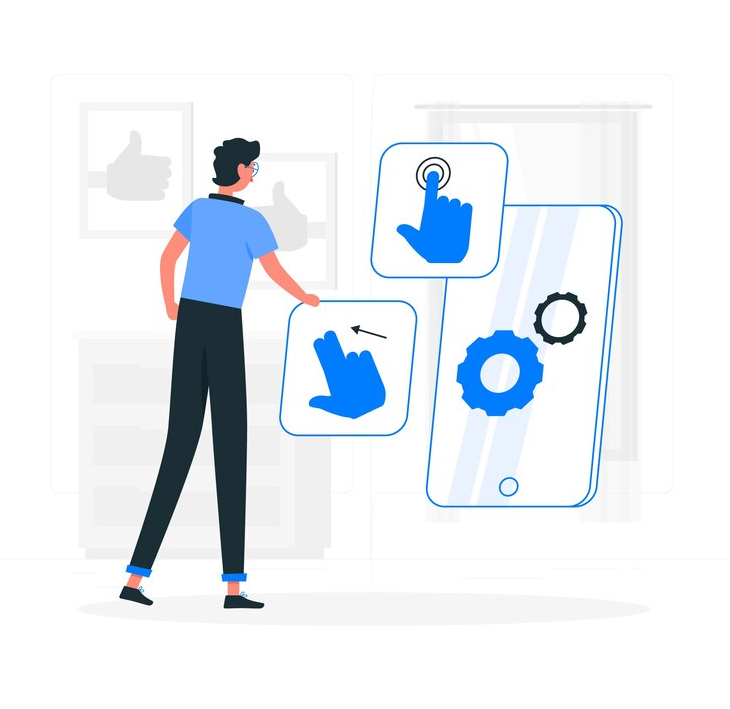
UI, or user interface, is everything that a user interacts with on your webpage or application. From the homepage dashboard to where you put your tools and your login page, every bit that appears in front of the user is the user interface of your product.
UI design is planning and executing a proper design for your UI. UI design is generally responsible for how your product looks, feels, and interacts with users. Hence, it should be engaging, clear, responsive, and efficient.
What is UX Design?

User experience (UX) design is about adding every minute detail to your product that can add to the user experience of your product. For example, to enhance the user experience, your website or application must have a seamless checkout option. UX design ensures that each element, like the above, is added to your product.
UX ensures that users find it easy to accomplish a task, which adds to customer satisfaction. It includes wireframing, structuring visuals, and the desired color schemes.
Interesting UI/UX Design Facts
Are you still figuring out if you need a proper UI/UX design for your product?
Here are a few facts on UI/UX design gathered over the years.
- According to a report by UXCam, UX investments give a return on investment of 9,900% for every $1 investment.
- Studies by Toptal have shown that the percentage of users who do not return to a website only because of poor UX design is as high as 90%.
- A report by Uxeria states that 70% of online businesses fail due to poor UX.
Good or bad, UI/UX design can impact your business tremendously. While a good design contributes to your ROI, a bad one can turn off your potential customers.
5 Major Impacts of UI/UX on Your Website Performance
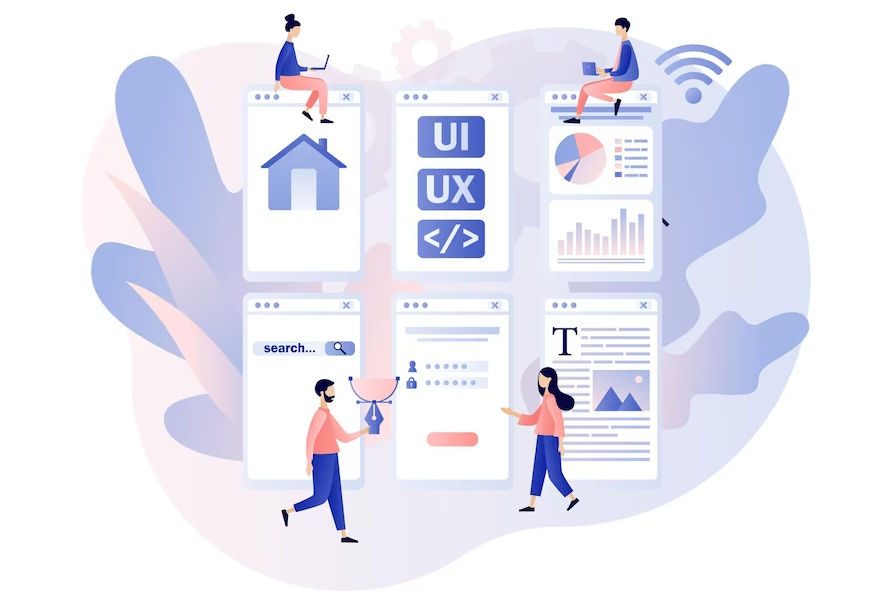
The first and unavoidable impact of UI and UX is customer satisfaction. While a good interface keeps them hooked, a bad one drives them away.
Apart from customer satisfaction, there are other impacts of UI/UX that you simply cannot miss out on!
Here are the top 5 impacts a good UX/UI has on your website’s performance:
Preference over competitors
With tons of businesses offering similar products, an extraordinary user experience makes businesses stand out in the crowd. Creating an interface that has zero confusion and is super simple gets you one step ahead of competitors offering the same product. And ultimately, users will give you their first preference whenever they require your product.
Establishes brand reputation
Users judge your brand based on the first impression itself. Your brand color, logo, design, etc. influence their perception of your reputation. A well-designed UI conveys credibility to users. Customers trust brands that invest in providing the best user experience. On the other hand, users directly associate a clunky, confusing, or unprofessional user interface with a lack of attention and a poor product.
Improves ranking
UI/UX indirectly contributes to the ranking of your website. A well-designed user interface increases engagement. When users stay at your website, it ultimately decreases the bounce rate of your webpage, signaling to Google that your website provides useful information and is relevant.
Higher conversion rates
The conversion rate is the number of users who took a particular action after visiting your website. These actions can be the CTAs you have, like subscribing to newsletters, commenting on your blog, or directly making a purchase. A UI that is designed for users compels them to take these actions, increasing the overall conversion rate.
Also Read – 8 Proven Low-Cost Marketing Tactics to Boost Your Ecommerce Sales
UI/UX: Where Do They Meet?
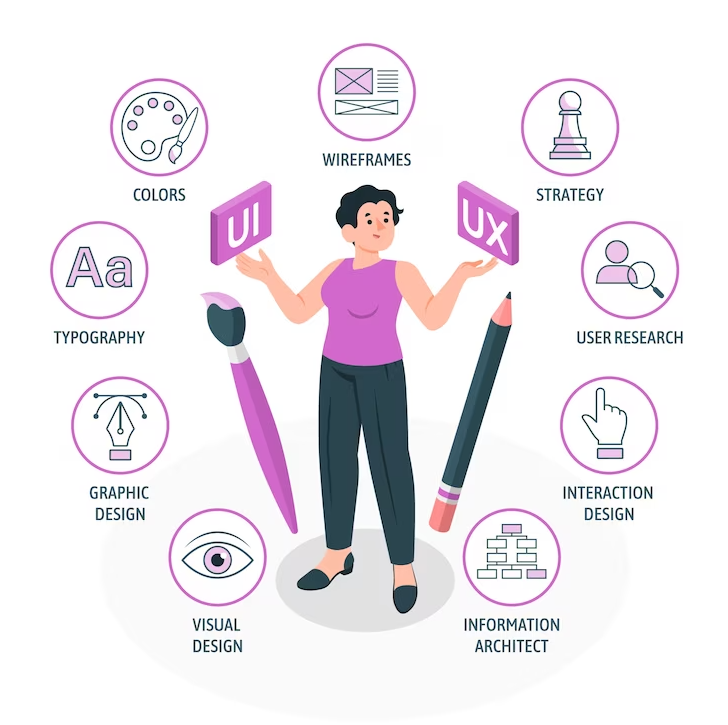
As we mentioned earlier, UI and UX design are two different aspects of product design. However, they go hand in hand and are dependent on each other.
For example, even if you have tried UX design considering all the features your users need, an interface cluttered with excessive features will deteriorate the overall user experience.
Similarly, if your product looks, feels, and works smoothly on the surface, users may hang in there a few times but if it doesn’t solve the pain points it should address, they will soon be disappointed.
That said, a good product prioritizes both UI and UX design. Most importantly, your UI design strategy should be compatible with the UX design idea. Both of them should complement each other rather than working in opposite directions.
How Do UI/UX Designers Work for Product Development?
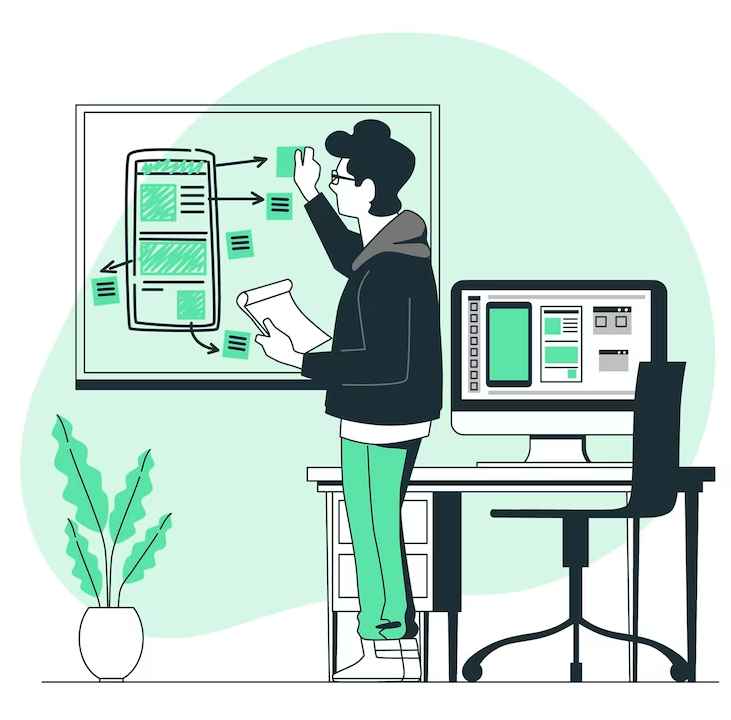
Randomly starting your UI/UX design will cause inconsistencies and confusion.
Hence, you need a proper step-by-step process to create a seamless user experience. Here are the steps involved:
Step 1: The UX designer or researcher studies the users’ needs and preferences.
Step 2: Stakeholders and UX designers brainstorm and create product ideas based on the insights they get from audience research.
Step 3: UX designers decide the layout, colors, and basic structure of the product, making rough sketches.
Step 4: They test the initial design and understand how it works. And update the design as per the insights they get, and then pass it on to the UI designer.
Step 5: The UI designer goes through the details to grasp the idea. Keeping in mind the instructions, they come up with interactive elements for the design.
Step 6: The UI designer creates a high-fidelity prototype.
Step 7: The UI designer provides all the design details to the developers to build the product.
UI/UX Challenges and How to Resolve Them
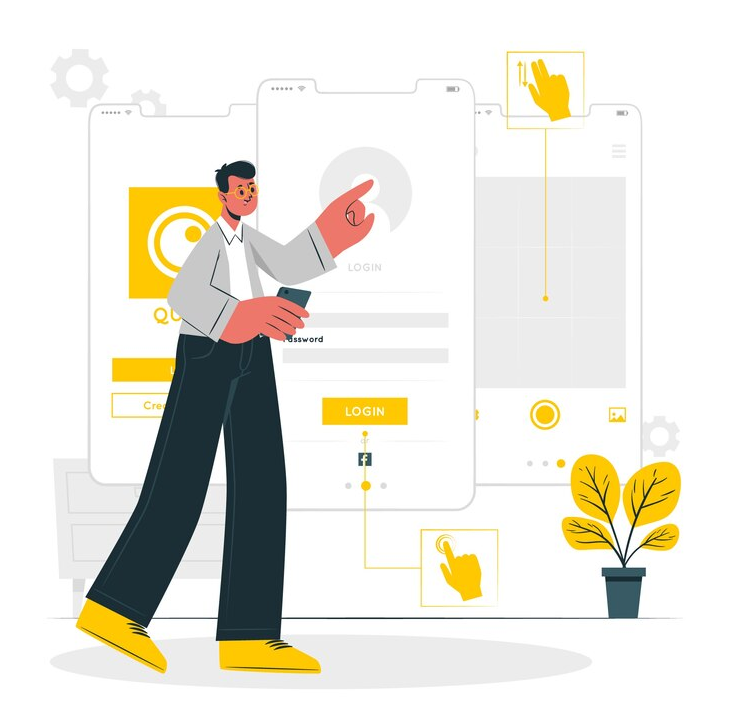
Designing a UI/UX isn’t as easy as it might sound. There are several UI/UX challenges throughout the journey that can hinder the overall result. Here are a few challenges along with solutions to address them:
Gathering market data
You cannot build a UX design without proper market data. Although it is not a UX designer’s job to directly get data, they often receive data from the marketing team. The most common method used by marketers is to put out opt-in forms, or cookies. These methods are intrusive and questionable.
Solution: Use subtle collection methods like polls, social media listening, interesting quizzes, etc.
A/B testing inaccuracies
The results of A/B testing are what help UX designers improve the user experience. However, A/B testing results aren’t always accurate. This is because A/B testing can only test two variables at once, and sometimes there is no clear winner. It takes months to run several A/B testing communications and come to a proper conclusion, which again has a chance of failure.
Solution: Leverage the power of machine learning and AI. While in traditional A/B testing, you could only compare two test subjects, machine learning can compare a large number of data points.
Too many features
The most important aspect of a good UI design is offering users seamless navigation. However, with a product having lots of features, having an easy navigation interface can be a headache.
Solution: The best solution any UI designer can come up with is creating a hierarchical menu with items related to each other. Creating a hierarchical menu will guide users to their goals without giving them a hard time navigating through them.
Lack of time
At times, certain projects have tight deadlines. Though there are time constraints, the UI design should be efficient and strategic to meet customer satisfaction.
Solution: Try to delegate tasks and take advantage of lightweight design tools. You can also create a library of reusable designs so that every design doesn’t have to be built from scratch.
Conclusion
Investing in UI/UX design can be a goldmine for your business when done correctly. It offers an amazing return on investment, ensuring your users’ attention on your website. Well-designed UI/UX leads to customer loyalty, increases brand recognition, and helps in building a strong online presence.
Make sure your website’s UI and UX design go hand in hand to create an exceptional user experience. Want to boost your website’s performance? It’s time to take a step. Invest in UI/UX design right away!
Reports
Yoast SEO
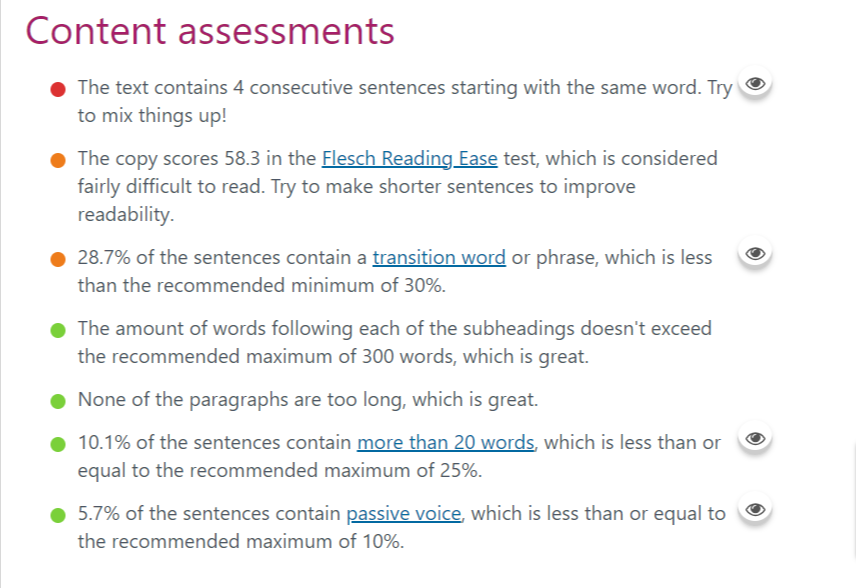
Grammarly Report

Plagiarism Report

AI Detector Report
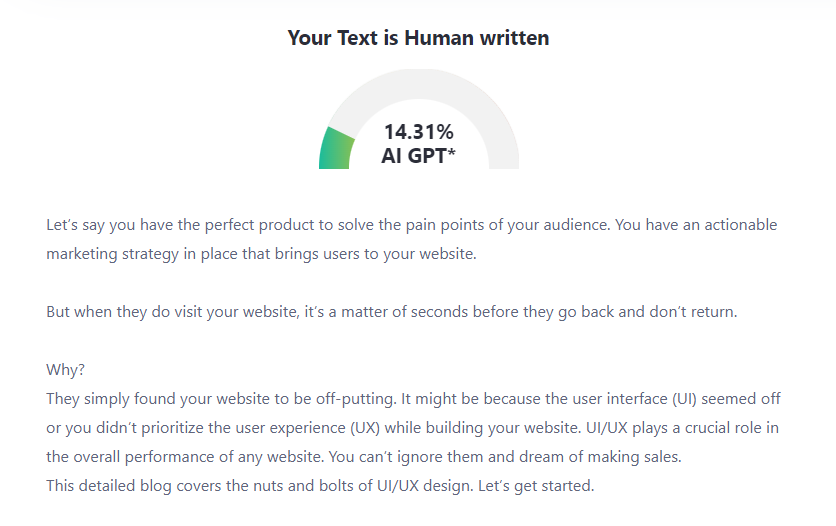
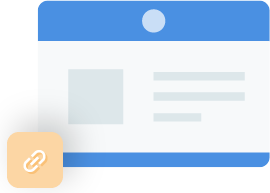
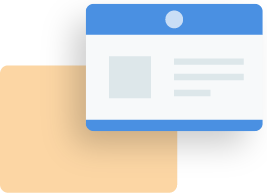
 info@cultbooking.com
info@cultbooking.com  0049 30 726225 0
0049 30 726225 0 